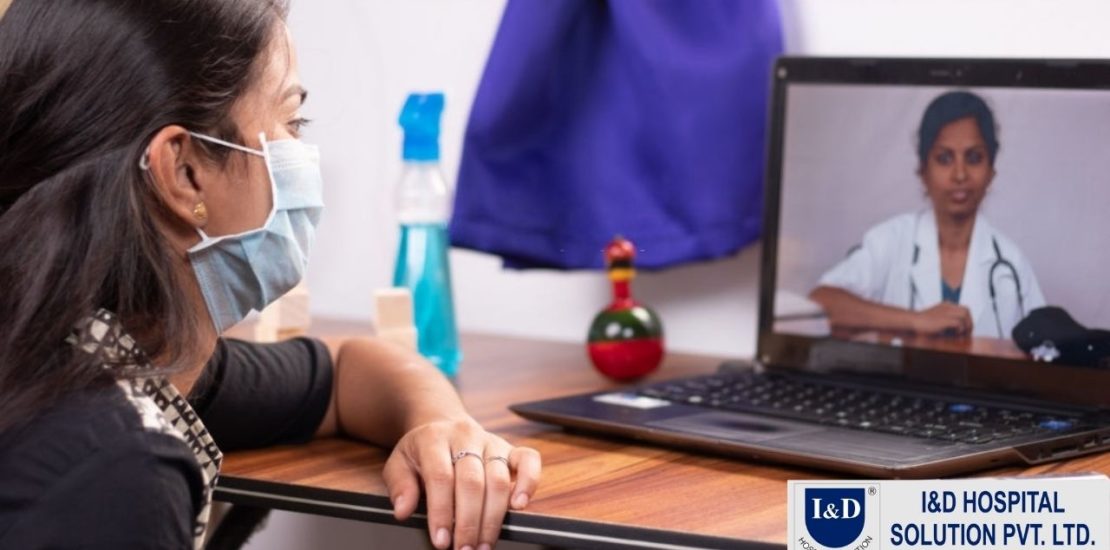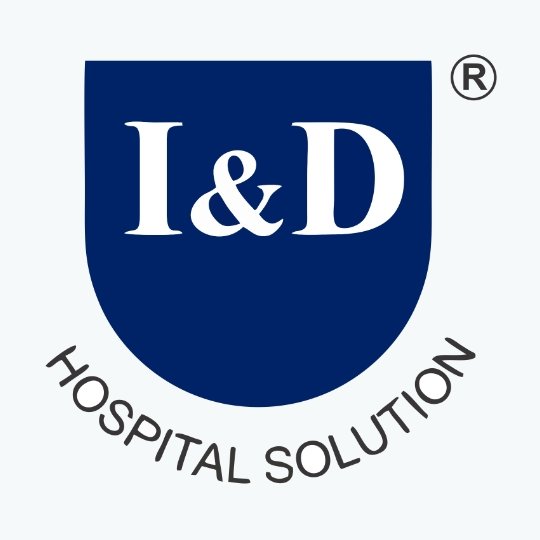- 07/09/2021
- Posted by: admin
- Category: Blogs

Digital health is having a profound effect on health systems, changing the balance of power between provider and patient, enabling new models of care, and shifting the focus of health systems toward client-centered health care within low- and middle-income countries. Though many of these changes are just being felt due to resistance by organizations and individuals reluctant to change the status quo, the explosive growth of digital technology globally means that these changes are inevitable. We can expect to see increasing use of telemedicine for remote diagnostics and treatment, protocol-driven health care to improve quality of care, and better access to goods and services through changes in the organization of transportation and delivery services. Data will become central to health systems, whether big data and artificial intelligence tools for surveillance, planning, and management or “personalized data” in the form of universal electronic record systems and customized treatment protocols. As with any disruptive innovation, the growth of digital health will also bring challenges, including who owns, controls, and manages the data being collected and how to maintain privacy and confidentiality in this data-rich world.
Digital technologies are being used to improve health information systems from the community level to district, national and even global levels. Their use also improves the timeliness and accuracy of public health data collection and reporting (12) and facilitates disease monitoring and surveillance.
Today’s model of care relies on the proper training of health workers, who are taught to diagnose and treat patients and communicate with them about their illness and wellness. Yet we know that through the training is very important in delivering quality services, it is not sufficient for the delivery of high-quality care, and the use of decision support for clinical algorithms or pathways is increasingly being recognized as an important adjunct to quality improvement and is being recommended for use by the World Health Organization.
Every health worker will have a digital tool that helps him or her with diagnosis and treatment as well as communication to the client/patient. This can be in the form of checklists for routine care such as antenatal visits, decision support for the diagnosis of illness, and video or graphic counseling messages from the provider directly to the client. Numerous studies have shown the advantage of using decision support,10,11 video counseling,12 and digital supervision strategies13 to improve quality. Though many of these strategies are in their infancy, they are increasingly being adopted by countries as core components of their health strategies.
Training will also be changed by technology. Training that today means face-to-face lectures and interactions will increasingly be replaced by distance learning, with the training customized to the needs of the student/health worker and the specific situation of the work. It will not be seen as a one-time effort but a continuous stream of training updates for each health worker. There will remain a need for face-to-face training (consider learning to perform surgery, for example) but the basic idea of continuous training will supplant the current training model. The content of the training will also change so that health workers, rather than trying to memorize every symptom and its meaning, will learn to navigate the digital world and use decision support and other tools to make better clinical decisions.14 Communications will also be changed as the use of video, animation, and graphics replace the verbal advice that health workers provide (or at least should provide) to the client/patient.



